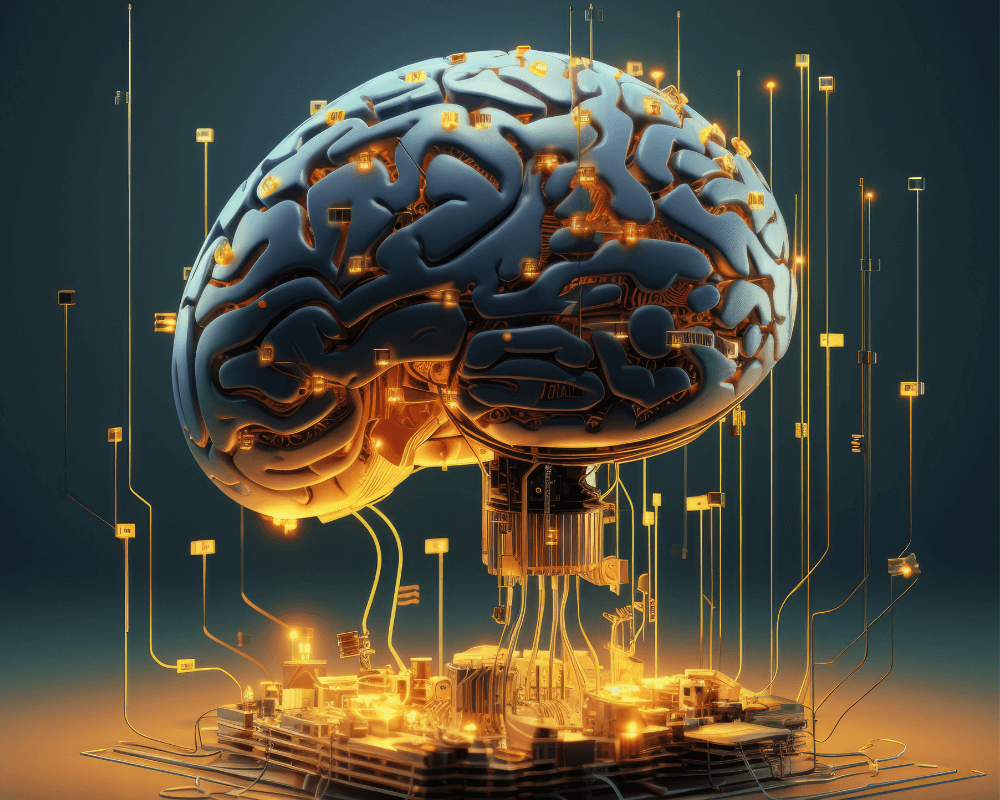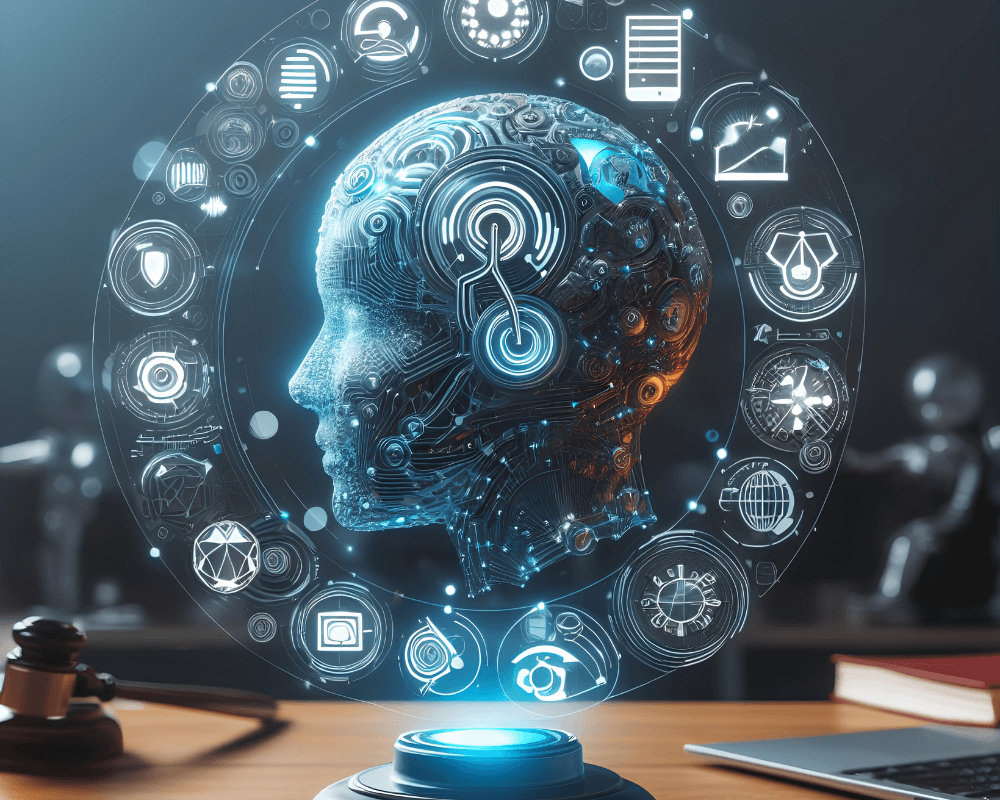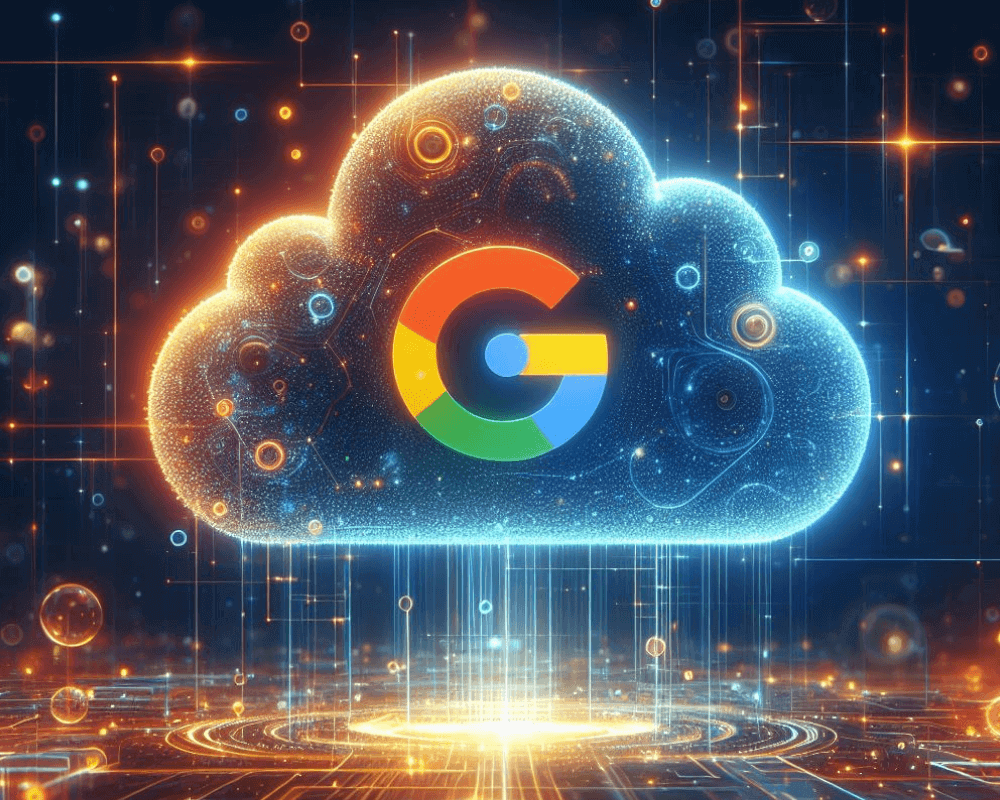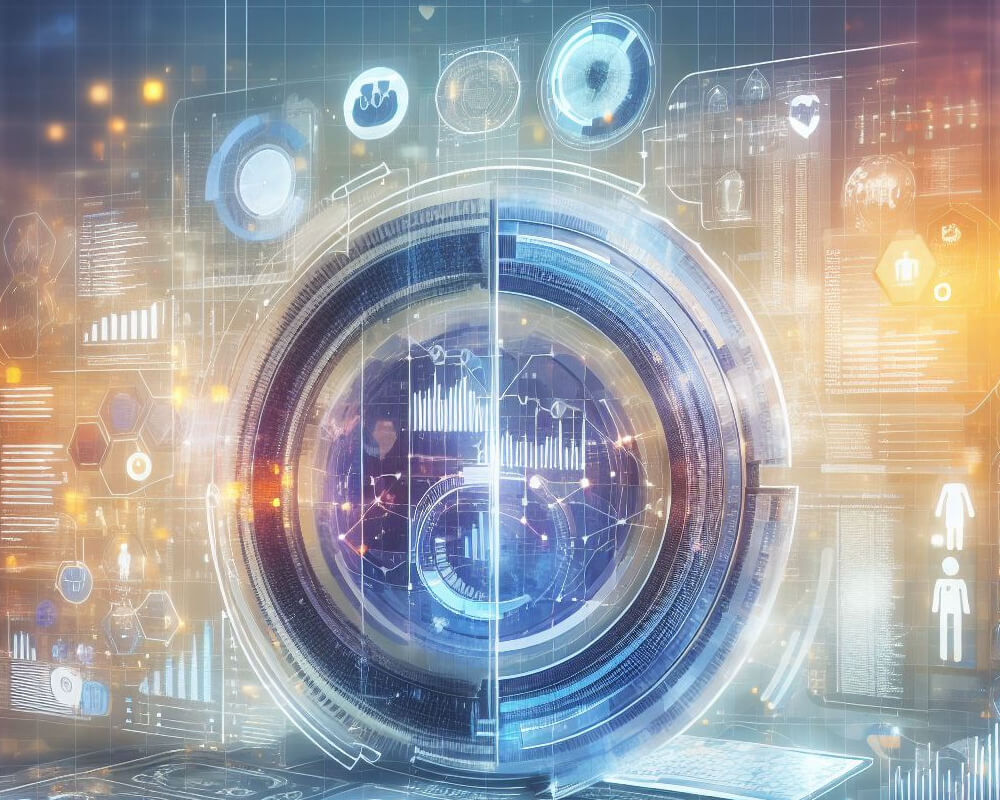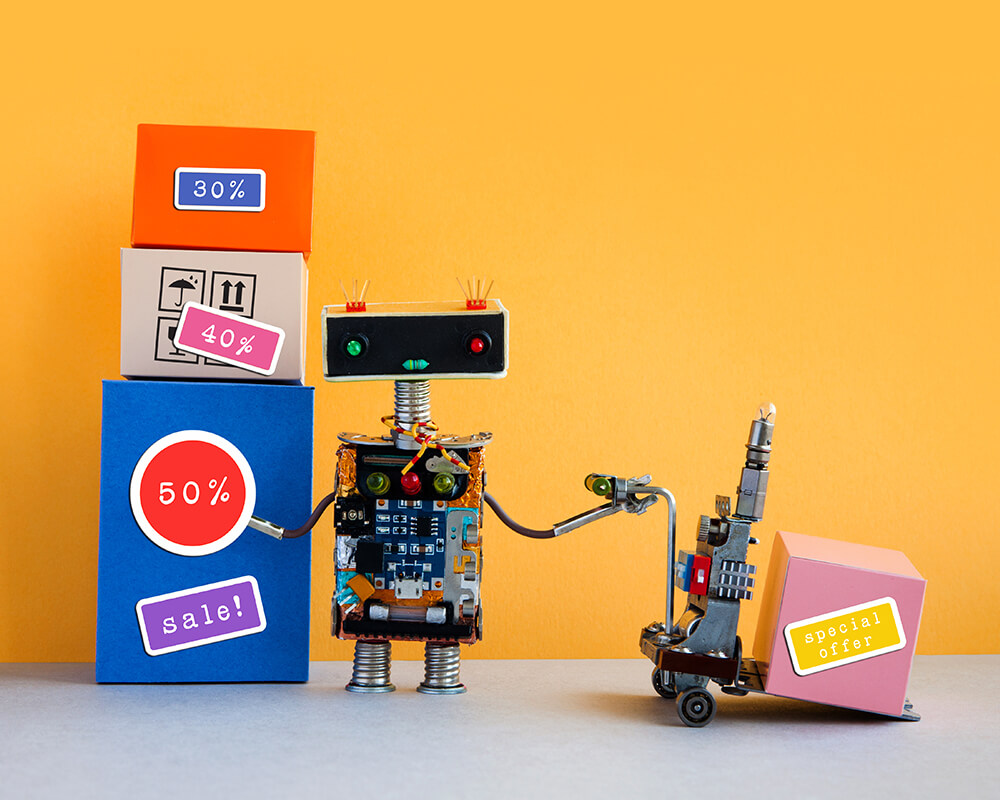Undertake strategic planning and monitoring for faster decisions through AI/ML
Generative AI plays a key role in driving business growth by providing unprecedented opportunities for innovation, efficiency, and customer engagement. Its ability to autonomously create solutions and plans, allows companies to operate more efficiently and allocate resources strategically. Through automated Data Analysis, Generative AI provides actionable insights, enabling informed decisions and better allocation of resources. As competition intensifies, the ability to quickly innovate and adapt to changing market dynamics becomes crucial for sustainable growth. Generative AI enables companies to stay at the forefront of development by fostering a culture of continuous improvement and rapid adaptation.
JK Tech provides businesses with Generative AI solutions, revolutionizing how they work and innovate. Whether it’s improving decision-making, automating repetitive tasks, unlocking new revenue streams, or improving customer interactions, JK Tech’s Generative AI solutions offer a transformative approach to bringing businesses into a new era of productivity and creativity.
Features of AI/ML
Intelligent Data Insights
Embrace the power of Artificial Intelligence and Machine Learning to revolutionize how you interpret and leverage your data. Our services go beyond traditional analytics, providing intelligent insights that drive informed decision-making. Whether it’s predicting market trends, optimizing operations, or personalizing user experiences, our solutions transform raw data into actionable intelligence.
Adaptive Innovation
Stay ahead of the curve by integrating adaptive innovation into your business strategy. Our AI-driven solutions and Machine Learning services enable you to continually evolve and respond to changing market demands. From automated processes to predictive modeling, we help you innovate efficiently, ensuring your organization remains agile and resilient in the face of technological shifts.
Precision in Machine Learning
Experience the precision of our machine learning algorithms designed to enhance your business processes. Whether you’re looking to streamline operations, automate tasks, or improve customer interactions, our Machine-Learning expertise ensures tailored solutions that align with your specific goals. Let the power of machine learning elevate your business efficiency to new heights.
Thriving in a Digital World
In the era of Digital Transformation, thriving is not just about survival; it’s about leading the way. Our Artificial Intelligence and Machine Learning services provide the foundation for businesses to not only adapt to the digital landscape but to become pioneers in their industry. Partner with us to unlock the true potential of Artificial Intelligence and Machine Learning, propelling your organization toward unparalleled success in the modern age.
Our AI and ML Services Portfolio
Resource Library
- Blog
- Success Story
- WhitePaper
AI/ML FAQs
Artificial intelligence (AI) is a broad term that refers to the ability of machines to mimic human intelligence. AI encompasses a wide range of technologies, including machine learning, natural language processing, and computer vision.
Machine learning (ML) is a subset of AI that allows machines to learn without being explicitly programmed. ML algorithms are trained on data sets, and they can then be used to make predictions or decisions.
In other words, AI is the umbrella term for machines that can perform tasks that are typically associated with human intelligence, while ML is a specific type of AI that allows machines to learn from data.
There are many examples of AI/ML in use today, including:
- Recommendation systems: These systems use ML to recommend products, movies, and other items to users based on their past behavior.
- Fraud detection: ML algorithms are used to detect fraudulent activity, such as credit card fraud.
- Self-driving cars: ML is used to power the sensors and software that allow self-driving cars to navigate the road.
- Medical diagnosis: ML algorithms are used to help doctors diagnose diseases.
- Virtual assistants: These AI-powered assistants can answer questions, set alarms, and control smart devices.
These are just a few examples of the many ways that AI/ML is being used today. As the technology continues to develop, we can expect to see even more innovative applications of AI/ML in the future.
The future trends in AI/ML are still uncertain, but there are a few trends that are likely to continue to develop:
- The development of more powerful and efficient AI/ML algorithms: This will allow AI/ML to be used to solve more complex problems.
- The increasing availability of data: This will allow AI/ML algorithms to be trained on larger and more diverse data sets, which will improve their accuracy and performance.
- The development of new applications for AI/ML: AI/ML is already being used in a wide range of applications, and it is likely to be used in even more applications in the future.
- The development of ethical guidelines for the use of AI/ML: As AI/ML becomes more powerful, it is important to develop ethical guidelines for its use. This will help to ensure that AI/ML is used responsibly and ethically.


